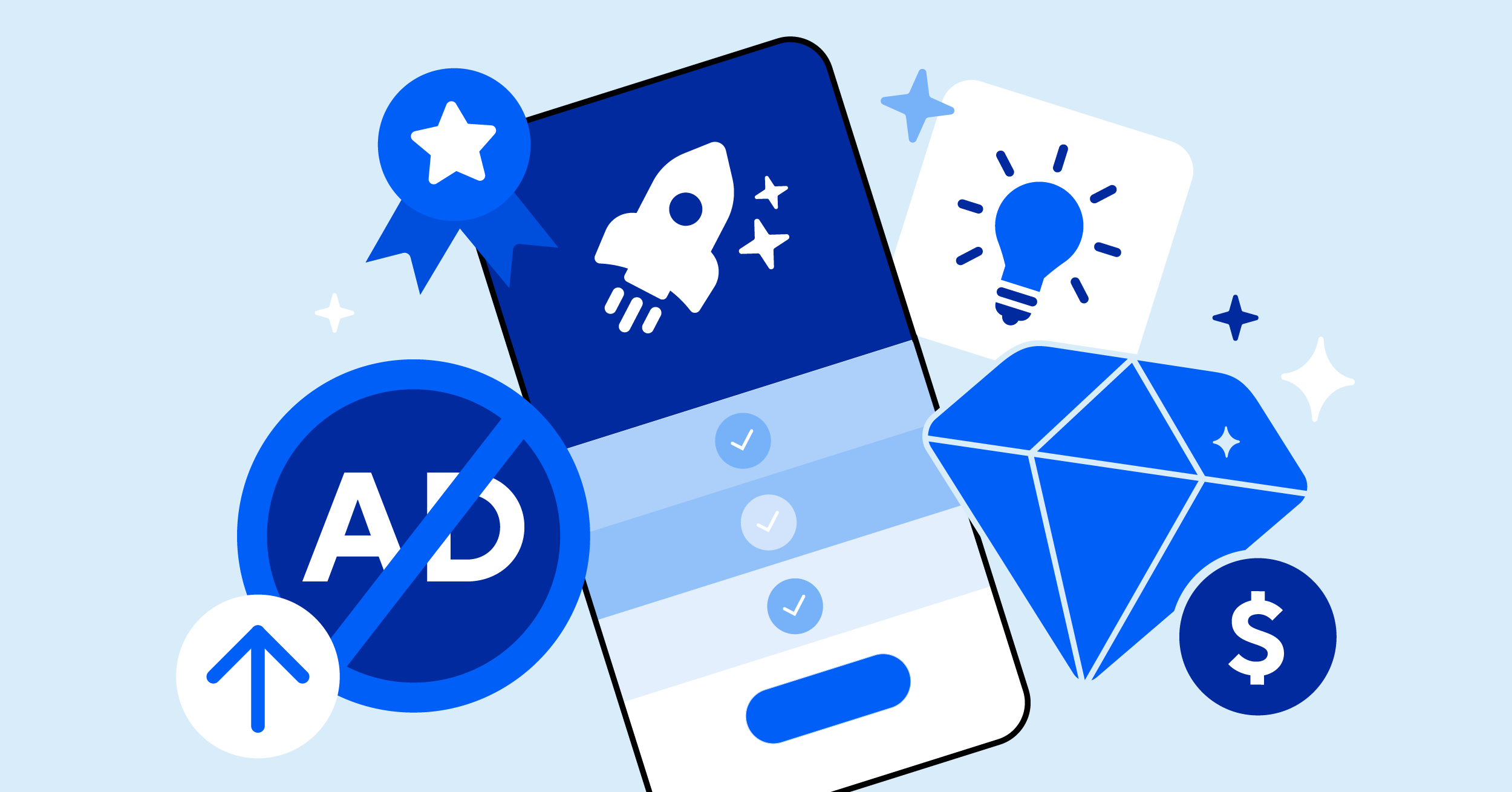1.In-App Purchases (IAPs):
IAPs allow players to buy virtual goods, content, or services within the game. Here's how to utilize them effectively:
-
Offer Value: Ensure that the in-game items or content offered for purchase provide real value to the players. Players are more likely to spend money if they feel they are getting something worthwhile.
-
Timing: Introduce IAPs at the right time. This could be when players hit a milestone or face a challenging level. Avoid making the game pay-to-win or excessively aggressive in pushing purchases.
-
Pricing Tiers: Offer a range of pricing options, from small and affordable items to more expensive ones. This caters to a wider audience and allows players to spend based on their budget.
-
Transparency: Be transparent about IAPs. Clearly display prices and what players are getting for their money. Avoid hidden costs or making players feel like they're being tricked into spending.
-
Frequent Updates: Continuously introduce new content and items to keep players engaged and motivated to make additional purchases.
-
Rewards and Discounts: Occasionally offer discounts or special promotions to incentivize IAPs. Consider rewarding loyal players with special deals.
-
Data-Driven Decisions: Analyze data to understand player behavior and optimize your IAP strategy accordingly. This includes monitoring which items are popular, the purchasing patterns of your players, and more.
2. Ads:
Advertisements can be a valuable source of revenue, but they should be implemented in a way that doesn't disrupt the gaming experience:
-
Interstitial Ads: Use full-screen ads between levels, but ensure that they're not too frequent. Players should be able to enjoy the game without excessive interruptions.
-
Rewarded Video Ads: Reward players for watching video ads. This can be an effective way to encourage ad views, as players willingly engage for in-game benefits.
-
Banner Ads: Use banner ads sparingly, typically at the top or bottom of the screen, so they don't obstruct gameplay.
-
Opt-in Ads: Allow players to choose whether or not to watch ads. This respects their autonomy and makes them more receptive to the advertisements.
-
Frequency Capping: Limit the number of ads a player can see in a certain time frame. Overloading players with ads can be annoying and counterproductive.
-
Targeted Ads: Use ad networks that can provide targeted ads based on player demographics and preferences. Relevant ads are more likely to be well-received.
-
Ad-Free Options: Offer a paid version of the game with no ads for players who prefer an uninterrupted experience.
-
Respect User Privacy: Ensure compliance with privacy regulations and user data protection. This includes providing clear opt-in and opt-out options for data collection and ad targeting.
Remember that the success of in-app purchases and advertisements in your mobile game is closely tied to the quality of the game itself. A fun and engaging game will encourage players to spend and watch ads willingly. Balancing revenue generation with player satisfaction is the key to effective monetization in the mobile gaming industry.




Comments (0)